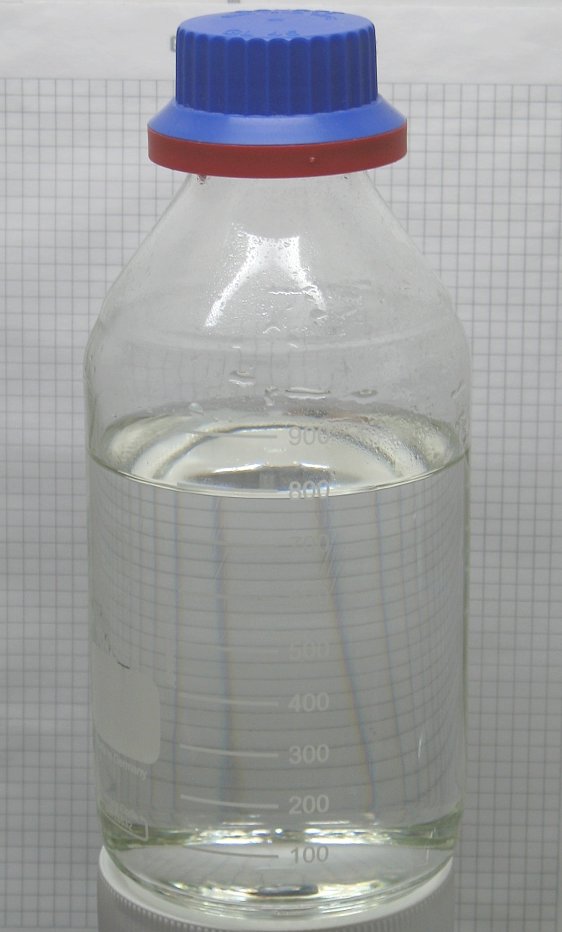- Joined
- Jan 5, 2023
- Messages
- 11
Hello good people!
I want to start etching some blades (A8mod) and I can only get hydrochloric acid (30%) locally. I see that most search results give advice on ferric chloride acid and I know there are recipes on how to make this at home.
Is watered down hydrochloric acid a bad choice and why should I make/buy ferric instead? Any pros and cons?
Thank you in advance!
I want to start etching some blades (A8mod) and I can only get hydrochloric acid (30%) locally. I see that most search results give advice on ferric chloride acid and I know there are recipes on how to make this at home.
Is watered down hydrochloric acid a bad choice and why should I make/buy ferric instead? Any pros and cons?
Thank you in advance!

